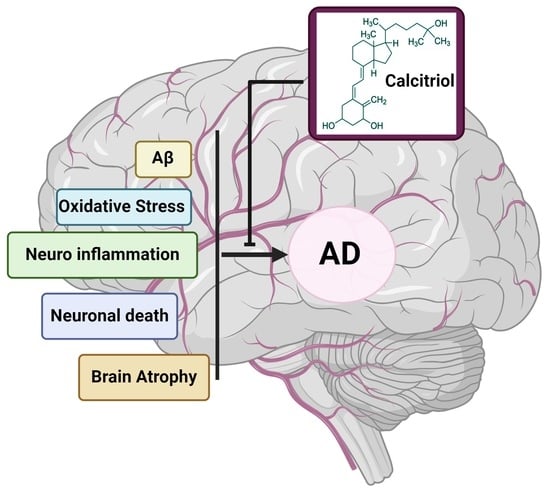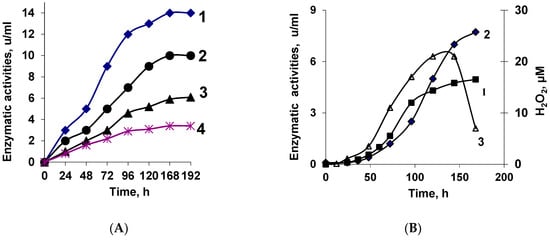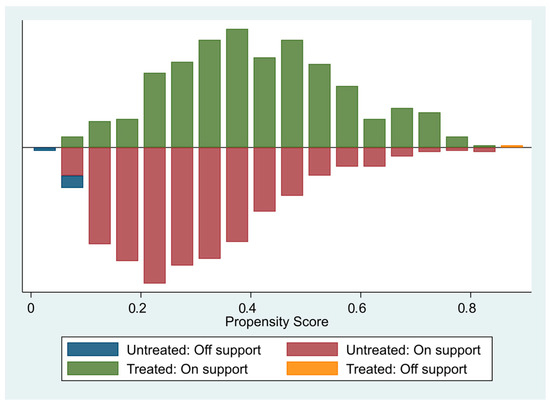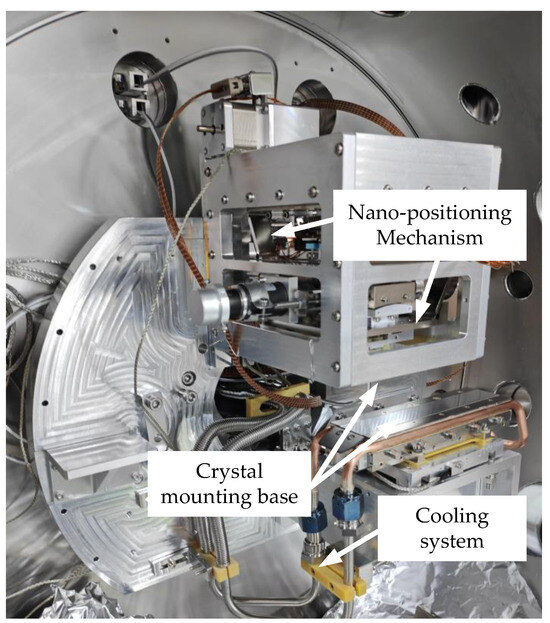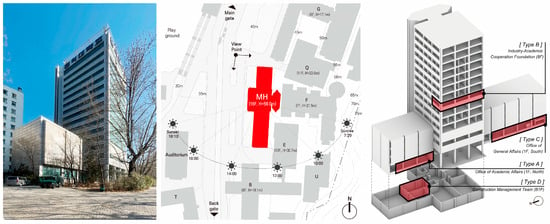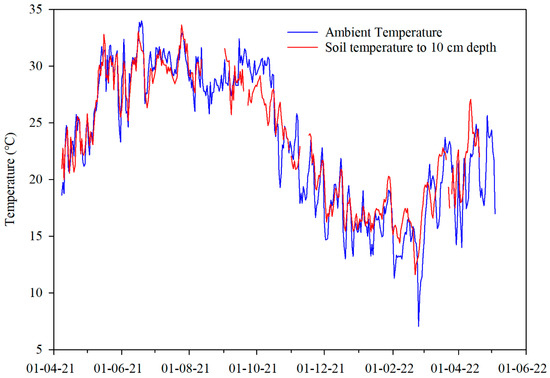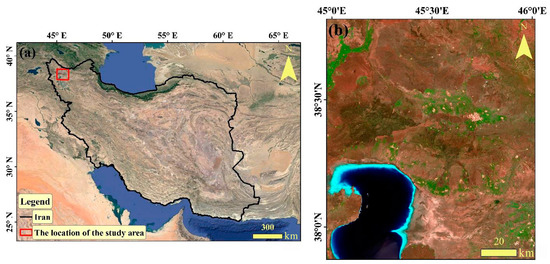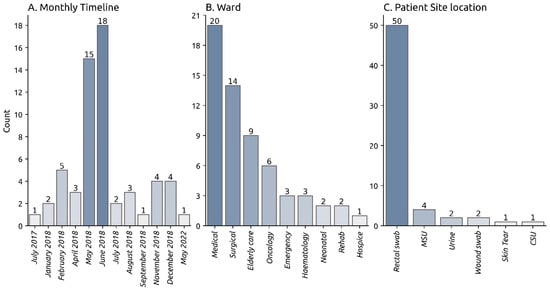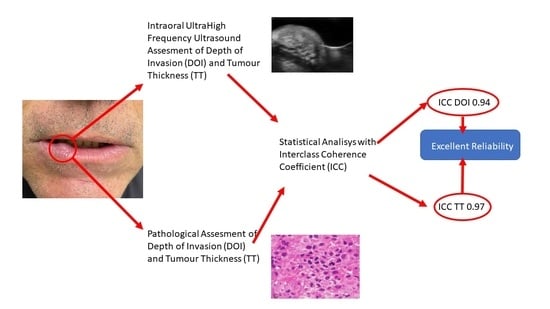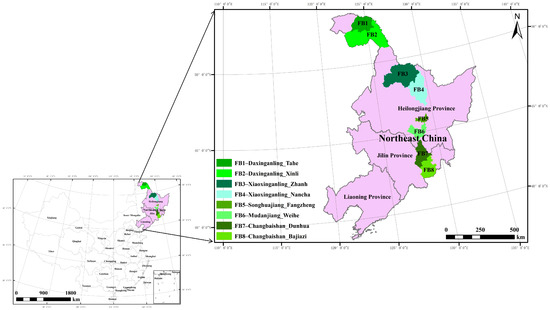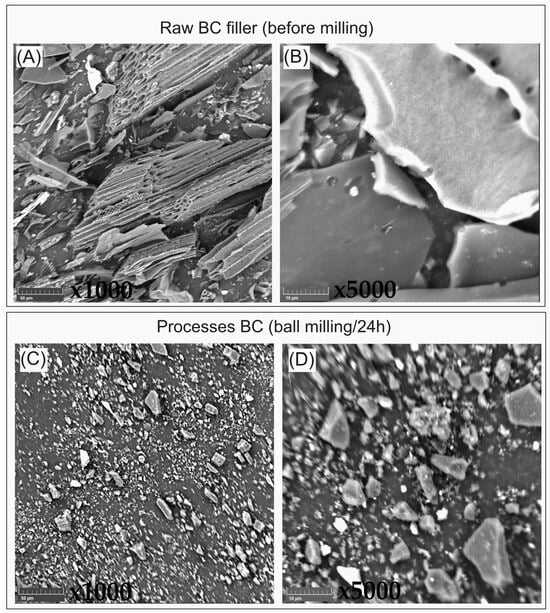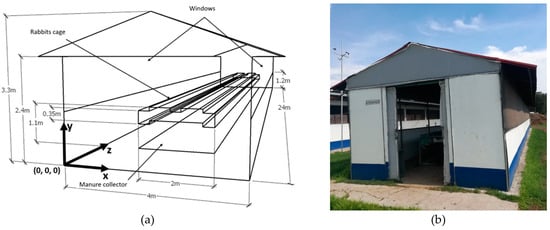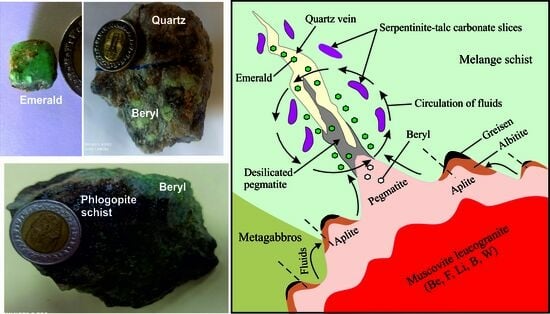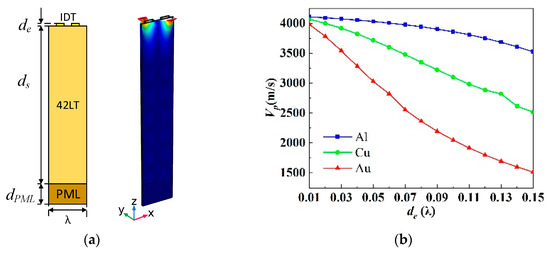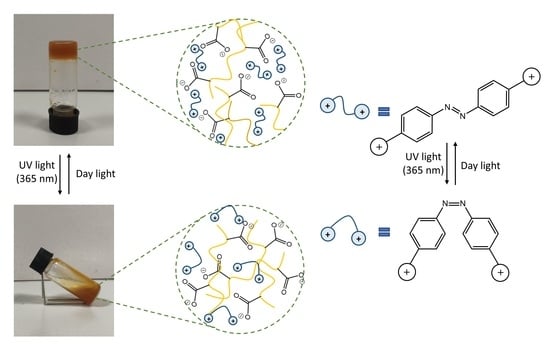Vegetable production in Subtropical China is distinguished by excessive nitrogen (N) fertilization, frequent irrigation, and multiple crop rotations in a single year. The aforementioned variables are closely related to soil nitrous oxide (N
2O) and methane (CH
4) emissions. Hence, we conducted a field trial to measure N
2O and CH
4 emissions using static chamber–gas chromatograph. Four treatments were used: control (CK) with no fertilizer, 100% chemical N fertilization (CN), the conventional 30% chicken manure N plus 70%CN (CMN + CN), and 30% chicken manure biochar N plus 70%CN (CMBN + CN). The annual cumulative N
2O emissions reached 12.4, 63.5, 111.8, and 44.1 kg N
2O-N ha
−1 for the CK, CN, CMN + CN, and CMBN + CN treatments, respectively. Compared to the CN and CMN + CN treatments, the CMBN + CN treatment reduced N
2O emissions by 35.9%–65.7%, while it simultaneously increased the total vegetable yield by 16.1% compared to the CN treatment. Seven seasons mean N
2O emission factors are 1.3% for CN, 3.8% for CMN + CN, and 0.9% for CMBN + CN. The CH
4 emission was negligible, ranging from 0.07 kg CH
4-C ha
−1 for the CK treatment to 0.8 kg CH
4-C ha
−1 for the CN treatment. N
2O emissions peaked under the conditions of an interior chamber temperature of around 31.9 °C and the water-filled pore space (WFPS) of the soil being approximately 60%. Future climate change will intensify, triggering higher N
2O emissions from subtropical vegetable fields. CMB can be one of the best substitutes for direct chicken manure application as a soil supplement because it has a beneficial effect on improving vegetable yield and reducing N
2O emissions in Subtropical China.
Full article
 IJMS
IMPACT
IJMS
IMPACT Applied Sciences
IMPACT
Applied Sciences
IMPACT Sustainability
IMPACT
Sustainability
IMPACT Sensors
IMPACT
Sensors
IMPACT JCM
IMPACT
JCM
IMPACT Energies
IMPACT
Energies
IMPACT Molecules
IMPACT
Molecules
IMPACT Materials
IMPACT
Materials
IMPACT Remote Sensing
IMPACT
Remote Sensing
IMPACT Cancers
IMPACT
Cancers
IMPACT Electronics
IMPACT
Electronics
IMPACT Mathematics
IMPACT
Mathematics
IMPACT Foods
IMPACT
Foods
IMPACT Buildings
IMPACT
Buildings
IMPACT Plants
IMPACT
Plants
IMPACT Nutrients
IMPACT
Nutrients
IMPACT Animals
IMPACT
Animals
IMPACT Polymers
IMPACT
Polymers
IMPACT Water
IMPACT
Water
IMPACT Diagnostics
IMPACT
Diagnostics
IMPACT Biomedicines
IMPACT
Biomedicines
IMPACT Agronomy
IMPACT
Agronomy
IMPACT Microorganisms
IMPACT
Microorganisms
IMPACT Processes
IMPACT
Processes
IMPACT Healthcare
IMPACT
Healthcare
IMPACT Forests
IMPACT
Forests
IMPACT Cells
IMPACT
Cells
IMPACT JMSE
IMPACT
JMSE
IMPACT Medicina
IMPACT
Medicina
IMPACT Viruses
IMPACT
Viruses
IMPACT Agriculture
IMPACT
Agriculture
IMPACT Nanomaterials
IMPACT
Nanomaterials
IMPACT IJERPH
IJERPH
 Land
IMPACT
Land
IMPACT Pharmaceutics
IMPACT
Pharmaceutics
IMPACT Pharmaceuticals
IMPACT
Pharmaceuticals
IMPACT Religions
IMPACT
Religions
IMPACT Biomolecules
IMPACT
Biomolecules
IMPACT Life
IMPACT
Life
IMPACT Micromachines
IMPACT
Micromachines
IMPACT Atmosphere
IMPACT
Atmosphere
IMPACT Antioxidants
IMPACT
Antioxidants
IMPACT Genes
IMPACT
Genes
IMPACT Metals
IMPACT
Metals
IMPACT Symmetry
IMPACT
Symmetry
IMPACT Children
IMPACT
Children
IMPACT Coatings
IMPACT
Coatings
IMPACT Vaccines
IMPACT
Vaccines
IMPACT Horticulturae
IMPACT
Horticulturae
IMPACT Education Sciences
IMPACT
Education Sciences
IMPACT Minerals
IMPACT
Minerals
IMPACT Brain Sciences
IMPACT
Brain Sciences
IMPACT JPM
IMPACT
JPM
IMPACT Bioengineering
IMPACT
Bioengineering
IMPACT




